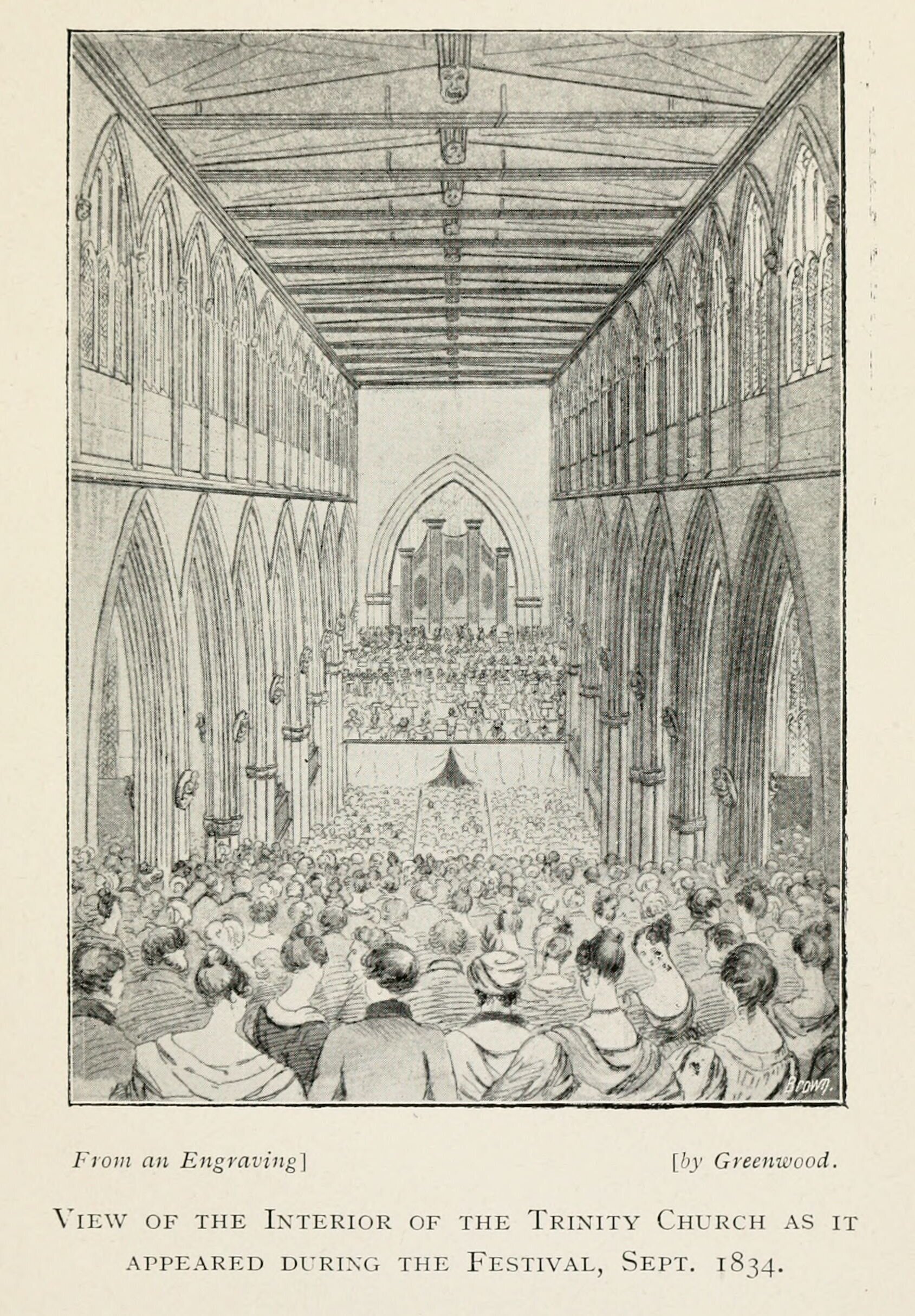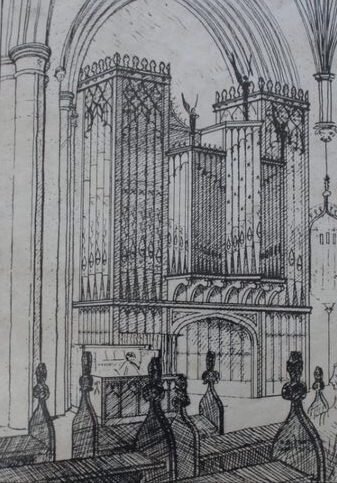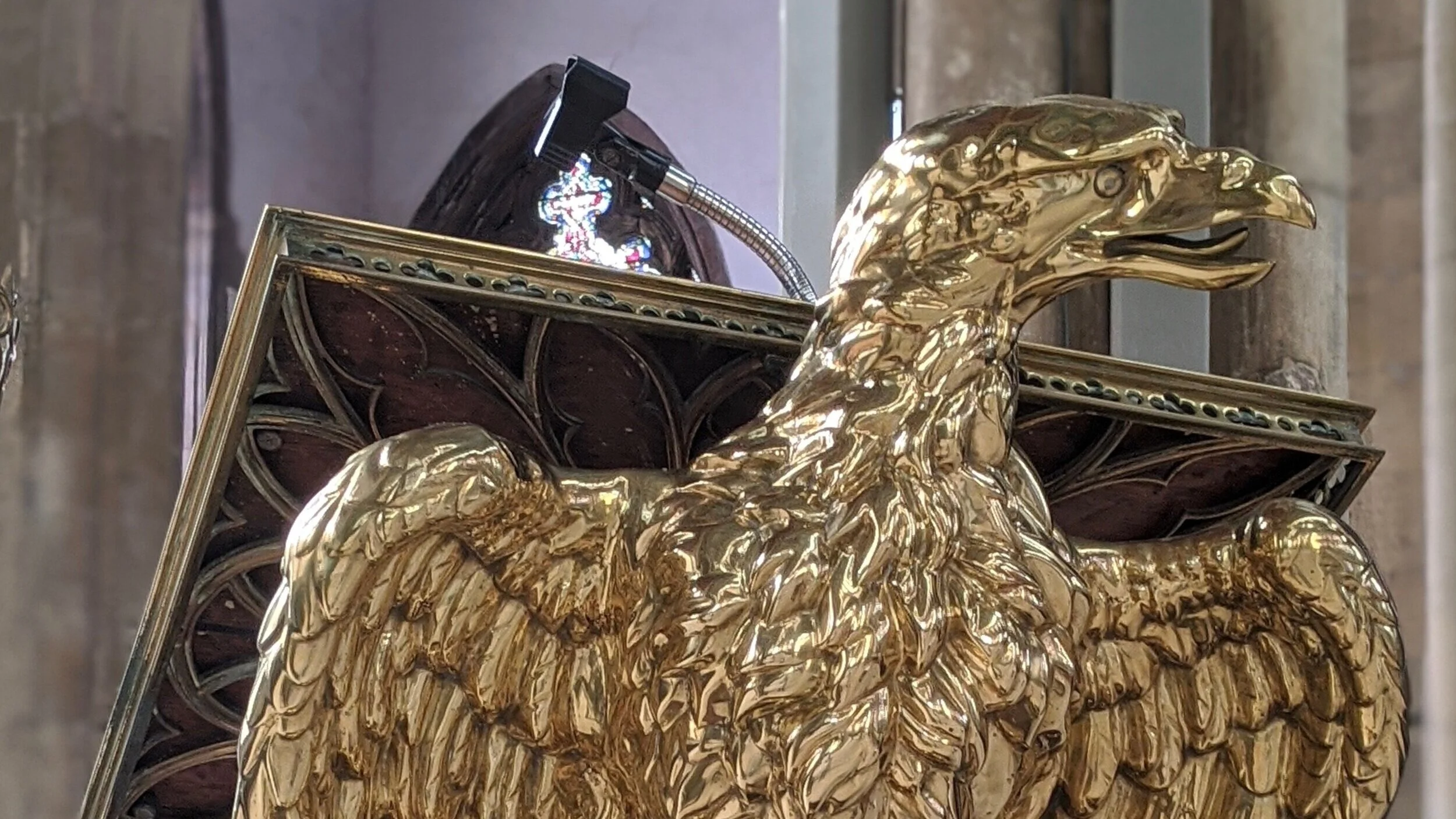This project is run in tandem with the Centre for Christianity and Culture at the University of York and aims to demystify the church building for visitors, explaining the function and purpose of the parts of the church and the religious “furniture”.
Through a series of banners leading visitors around the building, the heritage elements which have been used for worship and Christian practice for centuries are given their meaning. Visitors can explore the history of the objects as well as learning about their religious significance and their role in church life.
Beginning in the nave, visitors can explore the font, pulpit, lectern and organ, understand the importance of memorialisation, the significance of prayer and reflection, and the role of music in Christian worship.
Behind each banner, using a Q-code to access it, a website explains more about the history of each feature and tells stories about those who have lived and worshipped in Hull. These have been compiled by our volunteers who have undertaken research during the COVID 19 pandemic.
The Grand Organ
Music has been a key part of worship and religious expression for centuries. Beginning with early musical instruments to accompany Psalm singing and prayer, these instruments developed into fixed organs as early at the mid 1500’s.
The organ on this memorial was first installed after a fundraising campaign in 1711 when Hull’s dignitaries contributed to the purchase of a second hand organ from Forster and Andrews, a local organ builder of national importance.
George Lambert was the organist at Holy Trinity Church for many years and died in 1838. He chose to have his memorial adorned with a carving of the organ he played in this church. Although he was buried in Beverley, his memorial sits high on the wall in the south transept opposite the organ as it is today.
Although the wooden case of the instrument has been altered, much of the original instrument remains inside. It has been enlarged and developed so that a very wide range of musical voices can be played together to sound like a grand orchestra.




